
One of the most visual ways to learn more about any historical era, the life of people in a particular area or belonging to different social classes is art. This is especially true for painting. After all, all great events, joyful and tragic, real and fictional, were embodied in the canvases of various artists. Moreover, sometimes pictures are more eloquent than it might seem at first glance. Since politics, religion, generally accepted notions of decency and norms did not always allow artists to clearly portray their ideas on canvas, many of them resorted to secret symbols and encrypted messages. Intriguing, isn't it?
In order to better understand the plots of the paintings, the thought of the author and the experiences of their heroes, we have prepared for you interesting, but little-known facts about the paintings and their artists. With them, you will take a fresh look at the world of art and see how significant details can be unremarkable at first glance. Read about all this and more below.
Yellow and Van Gogh
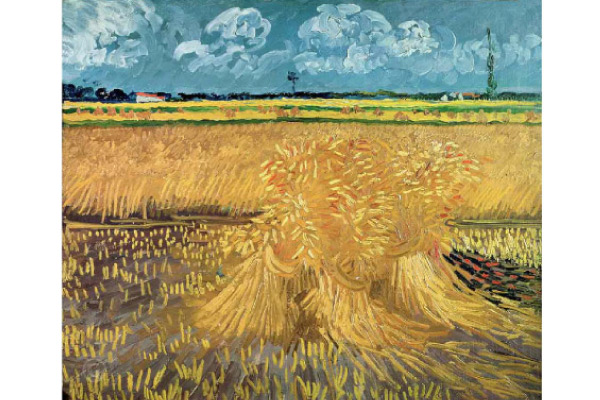
Yellow color most often prevailed in the artworks of the now world-famous, but never recognized during the life artist. Throughout his life, Vincent van Gogh created about 860 oil paintings and more than 2,100 artworks. At the same time, he lived only 37 years, and began to paint rather late. Looking at his paintings, it is impossible not to notice that yellow color is given special attention in most of them. Some art researchers suggest that yellow color in the artist's artworks represents the sun, joy and love. However, there is another version. From the point of view of psychology, the predominance of yellow indicates an unstable emotional state. Perhaps this is why in some countries the term “yellow house” refers to a mental hospital.
Whatever it was, serious psychological problems plagued Van Gogh for most of his life, which the artist himself admitted. But how much they really influenced his work remains a mystery to us.
Edvard Munch and selfie
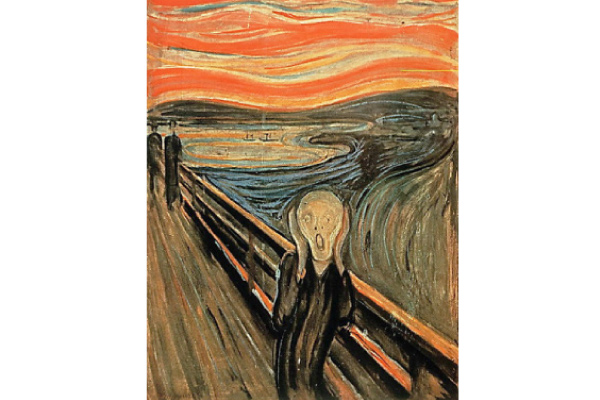
First of all, Munch is known to us thanks to the painting "The Scream", which, by the way, has several variations made in different techniques. But apart from that, the artist was also interested in printing and photography. He even studied printing technique in Germany and created prints of his paintings with his own hand, which also influenced their popularization.
Photography was another of his hobbies. He loved to make photographs for friends with his own image. He used a tripod to do this or took pictures in the most common way in the ХХIst century - on an outstretched arm. Then he complemented the photo with a drawing using a pen. Thus, the artist began to share his selfies even before the advent of the Internet. And he used a pen instead of various photo editors.
The most eloquent painting by Gauguin
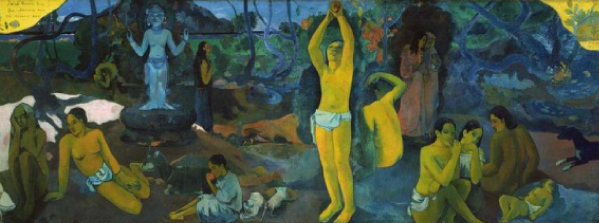
A self-taught French artist whose work is now on the list of the most expensive artworks in the world, was seriously interested in theosophy and was a mystic. Desperate and depressed, he was about to commit suicide, but before that he decided to paint a picture with an encrypted meaning. This artwork has the title “Where did we come from? Who are we? Where are we going?", And there the artist depicted 15 symbols, namely:
- A sleeping baby is a human soul before its incarnation on earth.
- Dog — sorrows and troubles that lie ahead for a person in earthly life.
- Three women — a person's life before the manifestation of interest in self-knowledge.
- A man picking a fetus — the awakening of the desire to learn the secrets of the universe.
- A man with a hand on his head — despair from the inability to find answers to questions of the universe.
- Two in red — wisdom and the ability to analyze.
- The bird is a spiritual path.
- The woman in black is a human soul at the highest stage of development.
- The spring is eternity.
- Statue of a deity — hope for the life of the soul in another world after death.
- A teenager is a soul that has never known the desire for self-knowledge.
- Goat, kitten and puppy — carefree existence without seeking a spiritual path.
- A naked girl is a pleasure pursued in the material world.
- Old woman — mortality of the human body.
- A bird with a lizard in its claws — the inevitability of death.
By the way, the suicide attempt was unsuccessful, and after the incident, the artist's life began to change for the better.
Dali Dictionary of Symbols
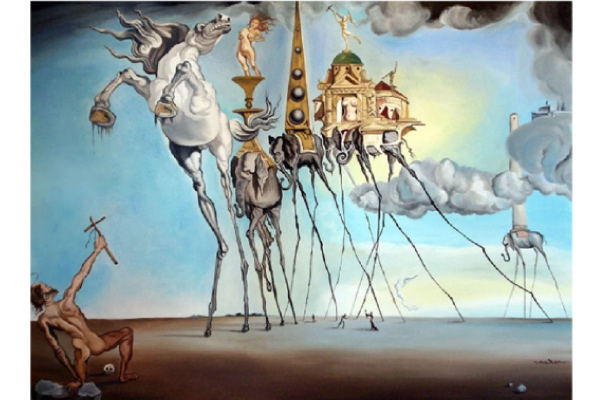
Perhaps one of the most famous lovers of symbols in painting is Salvador Dali. The great surrealist believed that everything in this life is natural and not accidental. This idea he broadcast in his work. Thus, the artist had a whole dictionary of symbols to communicated with the audience. Below we have presented the most common ones:
- ants — death, decay and rot;
- crutches — support;
- egg — rebirth;
- elephants — dominance and power;
- sea urchin — gradual cognition and acceptance of each other in human communication;
- snail — a contrast between external severity, cruelty and a gentle inner world;
- bread — fear of poverty;
- drawers — human memory and thoughts;
- molten watches — the indivisibility of space and the flexibility of time;
- angels — the union bestowed by heaven.
He most often depicted the last symbol next to his beloved — Gala, who significantly influenced the artist's life and his success.
As we can see, a canvas for an artist is not so much an opportunity to convey to the viewer what he sees, but an opportunity to tell about his feelings and experiences. Each painting represents a story from the life of the author or personifies an event that impressed him. Painting is a kind of language in which artists communicate with us bypassing the time frame. However, it is not always easy to understand it. We hope that our interesting facts from painting will help you to look at some pictures differently and see in them the true message of the author.

The earliest work of Leonardo da Vinci
A small painted tile caused quite a stir among the scientists of the art world. This is because some scholars believe that the recently discovered work is Leonardo da Vinci's earliest known work
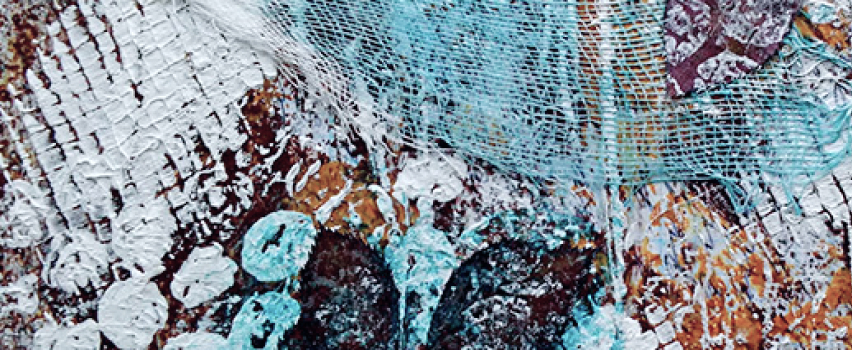
Interesting facts about painting
Paintings hold the secrets of the creator. Sometimes we manage to solve them, but many of them continue to be riddles, or simply stay unnoticed.












Thank you, your review has been sent successfully.
It will be posted on the site after moderation.